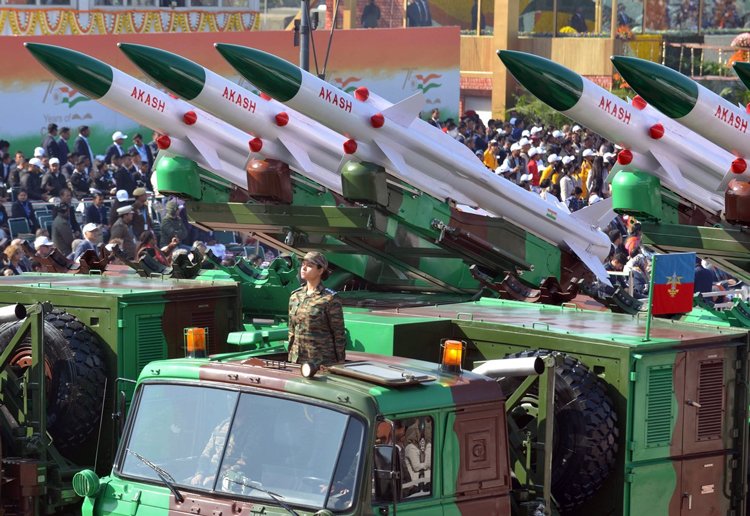India’s Missile Power Surge: Hypersonics, Bunker-Busters, and Global Reach
India is accelerating its missile arsenal upgrades, aiming to rival the World’s top powers.

India is accelerating its missile arsenal upgrades, aiming to rival the world’s top powers. IAF Chief Marshal A.P. Singh recently revealed that during the May 2025 standoff, the Air Force shot down five Pakistani fighter jets and a large airborne platform from 300 km away—crediting the S-400 system and BrahMos missiles for turning the tide.
DRDO has now upgraded the Agni-V ICBM into a 7,500 kg conventional “bunker buster” capable of penetrating 80–100 meters before detonation. Another variant will deliver devastating air-burst strikes, both reaching speeds up to Mach 20. These developments target fortified enemy command centers in Pakistan and China.
India’s arsenal spans short-range Prithvi missiles, Akash air defense systems, nuclear-capable Agni series (up to 7,000 km), and the versatile BrahMos cruise missile, now extended to 800 km range. The hypersonic BrahMos-II (Mach 8, 1,500 km) and long-range Nirbhay cruise missile (1,500 km) are under active testing.
Future plans focus on hypersonic propulsion, manoeuvrable re-entry vehicles, and countermeasures to defeat modern air defenses. Agni-VI, expected to strike 6,000–10,000 km with MIRV and MaRV technology, could launch from both land and submarines.
With expanding inventories, export deals, and rapid technological advances, India is poised to cement its place among the global missile elite—capable of delivering precision strikes anywhere in Asia and beyond.






















